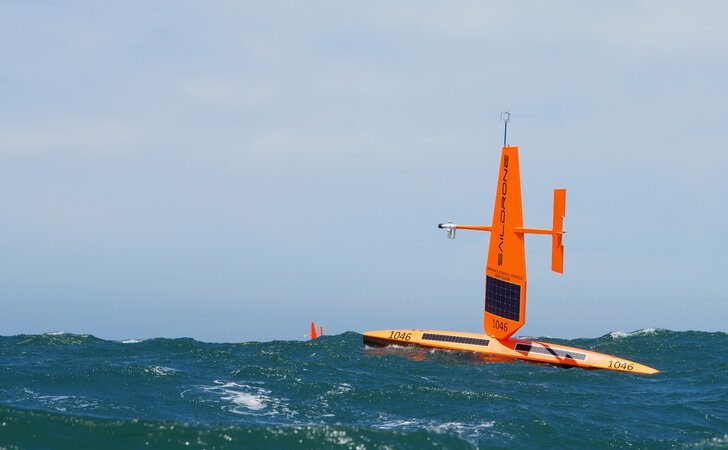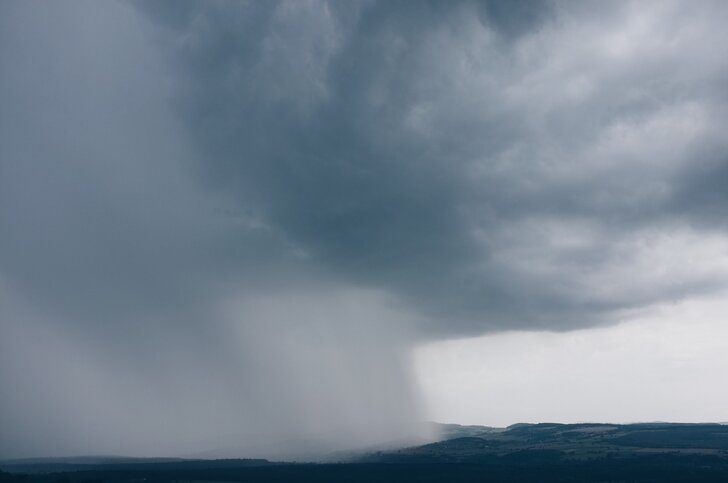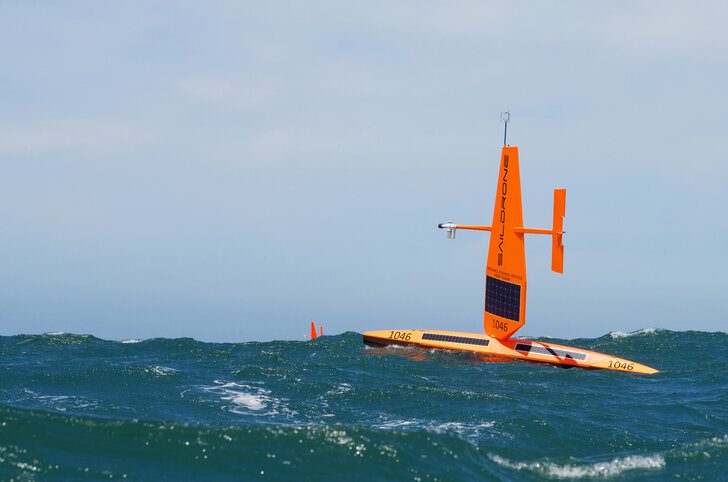
Nothing, literally nothing, can stop development. It may seem like an overstatement, but in today’s tech-heavy times, it truly isn’t. Be it lack of resources, limited scope of thinking, unknown needs, or something unexpected like a natural disaster – technological development always seems to find a way to solve problems; that too, in the most unlikely of circumstances.
Take hurricanes, for example. It’s no secret that the strongest of man-made structures seem to fall like houses of cards when Mother Nature unleashes her wrath through deadly hurricanes. That was the scene until now at least. But now it appears, scientists and researchers have come up with a gadget that can stand tall amidst the strongest of hurricanes.

Zoltan Tasi/Unsplash | Saildrone, a start-up in Silicon Valley, has created robotic boats that are capable of sailing directly into the middle of an oceanic hurricane
Saildrone, a start-up in Silicon Valley, has created robotic boats that are capable of sailing directly into the middle of an oceanic hurricane. These AI-controlled boats sure seem to have a death wish! Regardless, seeing companies create such a kind of technology is mind-blowing and we’re all for it.
Let’s jump right in to understand more about these fearless robots.
A BRIEF
Although regarded as risky, highly experienced pilots can safely fly airplanes above or through an oceanic hurricane. But to send boats in the middle of such a natural calamity is completely out of the option. Nevertheless, such risks don’t stop great minds from making the impossible happen.
Proving this notion true, this summer, Saildrone sent out five boats into the Atlantic Ocean, right in the path of hurricanes. The gutsy startup is known to create completely autonomous ocean vessels to research the environment.
These AI-based robotic vessels created by Saildrone are specifically built to withstand the strongest of hurricanes and the largest of waves. They can help provide scientists with information that will help them understand how storms magnify.
According to Chris Meinig, director at the NOAA (National Oceanic and Atmospheric Administration), when at the center of a hurricane, the intensity of wind speed makes the ocean a huge frothy mess, and that’s where the air ends and water begins. He feels that purposely taking a ship into a hurricane is mindless and sending robots to do the work is a much better alternative.

Stijn te Strake/Unsplash | At the center of a hurricane, the intensity of wind speed makes the ocean a huge frothy mess. Purposely taking a ship into it is mindless. Sending robots is much better
DIVING DEEPER
The NOAA has partnered with Saildrone to study the formation of hurricanes and their instant escalation. The inspiration for this project came from Hurricane Ida, which spontaneously advanced to a category 4 hurricane on the Gulf Coast. The vessel is 23 ft. long, has got four cameras mounted on it, and it can measure the wind and the temperature of the air and ocean around it.
This is the first time ever that hurricanes are being analyzed so deeply. Till now, all five of the vessels sent out by Saildrone have survived through the hurricane season. The company also wishes to study the storms happening in the Pacific Ocean. The partnership had formerly examined the oceanic conditions near Alaska. In 2019, their vessels were the first to circumnavigate Antarctica in an un-crewed vehicle. Presently, their vehicles have sailed more than 500,000 miles.
Saildrone has created over a hundred vessels and is planning to make many more in the coming years. NASA, the Department of Defense, and the US Coast Guard have also collaborated with Saildrone.

© Saildrone | Saildrone has created over a hundred vessels and is planning to make many more in the coming years
One of the main driving forces of the Earth’s global weather and climate is its ocean. Thus, understanding the functionality and the rate of its change will help us understand how we can change things to have a better and safer future.
SEEMS QUITE AN UNIMAGINABLE ONE, RIGHT?
Honestly, hats off to this startup, for trying to create something so unthinkable. There’s so much out there to explore and we wouldn’t be able to get such thrilling facts if it weren’t for such enthusiastic curious achievers.
